Rising Demand for Automation
The optical character-recognition market in Europe is experiencing a notable surge in demand for automation across various sectors. Businesses are increasingly seeking to streamline operations and enhance efficiency, leading to a greater reliance on OCR technologies. This trend is particularly evident in industries such as finance and logistics, where the need for rapid data processing is paramount. According to recent estimates, the automation sector is projected to grow at a CAGR of 15% over the next five years, driving further investments in OCR solutions. As organizations aim to reduce manual data entry and improve accuracy, the optical character-recognition market is poised to benefit significantly from this shift towards automation.
Growth in E-Commerce and Retail
The optical character-recognition market in Europe is significantly influenced by the growth of e-commerce and retail sectors. As online shopping continues to gain traction, businesses are increasingly utilizing OCR technologies to enhance customer experience and streamline operations. For instance, OCR is employed in inventory management and order processing, allowing for faster and more accurate data handling. The e-commerce sector in Europe is projected to reach €500 billion by 2026, indicating a robust market for OCR solutions. This growth presents opportunities for vendors to develop innovative OCR applications tailored to the unique needs of the retail industry, thereby driving market expansion.
Expansion of E-Government Services
The optical character-recognition market in Europe is being propelled by the expansion of e-government services. Governments are increasingly digitizing records and documents to enhance accessibility and efficiency. This transition necessitates robust OCR solutions to convert paper-based information into digital formats, facilitating easier retrieval and management. In 2025, it is anticipated that over 70% of public services will be available online, creating a substantial demand for OCR technologies. The optical character-recognition market is likely to see a corresponding increase in adoption as public sector entities invest in these solutions to improve service delivery and citizen engagement.
Increased Focus on Document Security
The optical character-recognition market in Europe is witnessing a heightened focus on document security. As organizations handle sensitive information, the need for secure data processing solutions becomes critical. OCR technologies are being integrated with advanced security features to ensure that data is protected during conversion and storage. This trend is particularly relevant in sectors such as finance and healthcare, where compliance with regulations is essential. It is estimated that the market for secure document management solutions will grow by 12% annually, further driving the adoption of OCR technologies that prioritize data security and integrity.
Technological Advancements in OCR Solutions
The optical character-recognition market in Europe is benefiting from continuous technological advancements in OCR solutions. Innovations such as machine learning and artificial intelligence are enhancing the accuracy and efficiency of OCR systems. These advancements enable OCR technologies to recognize a wider variety of fonts and languages, making them more versatile for diverse applications. As businesses seek to leverage these improvements, the market is expected to grow at a CAGR of 10% over the next few years. The integration of cutting-edge technologies into OCR solutions is likely to attract new users and expand the overall market, positioning it for sustained growth.


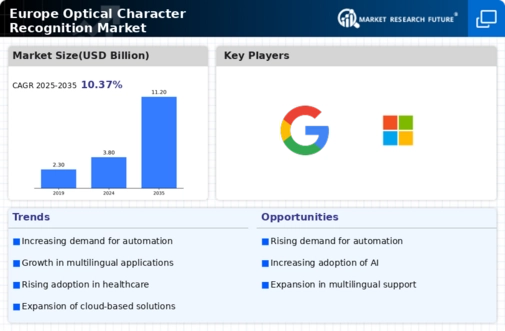
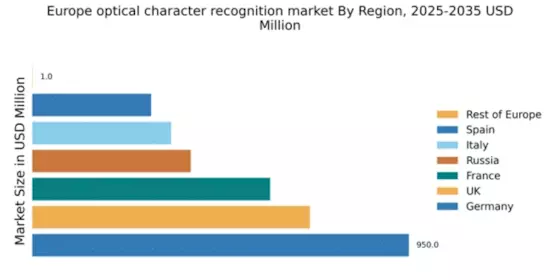
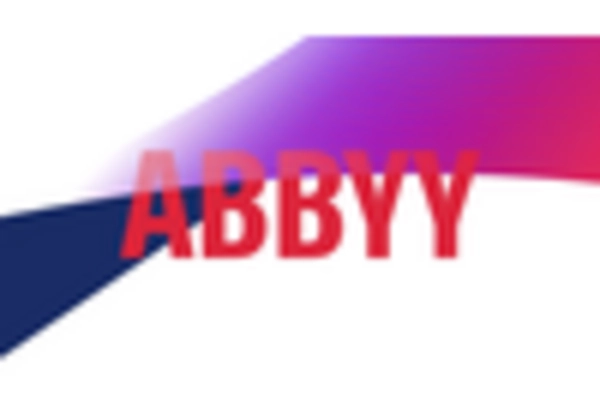
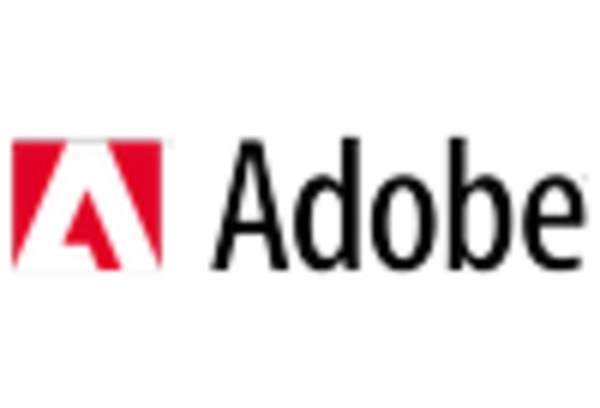

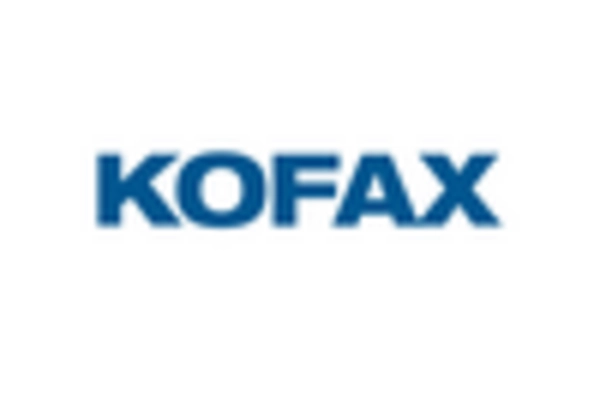










Leave a Comment